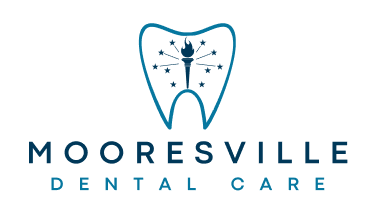
The Impact of Stress on Dental Health
October 30, 2023Introduction In our fast-paced modern lives, stress has become an inevitable part of our daily routine. From work pressures to personal challenges, stress affects us in various ways. One often overlooked aspect of its impact is on our dental health. Yes, you read that right – stress can take a toll on our teeth and

 Review Us
Review Us  Review Us
Review Us 

